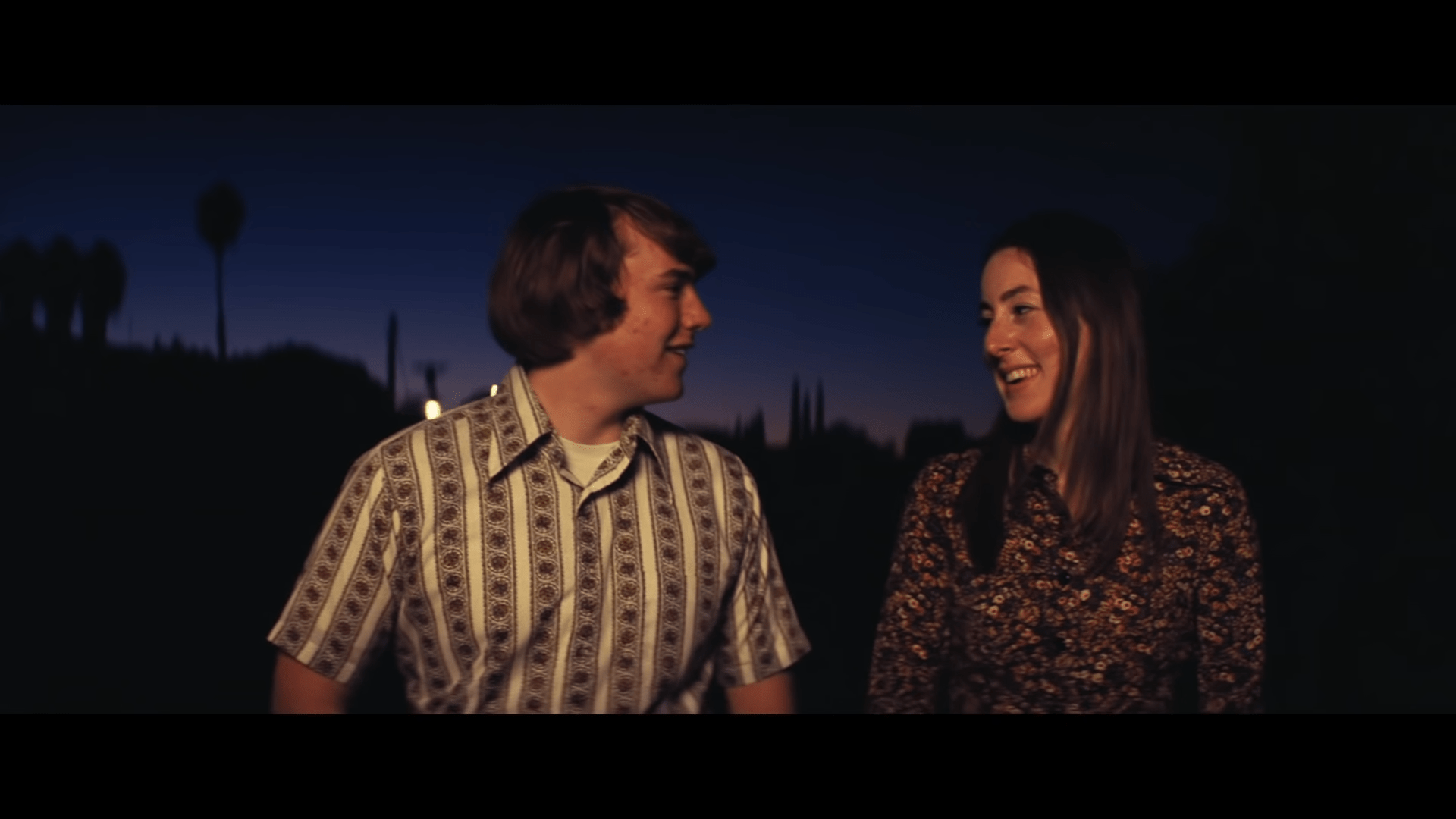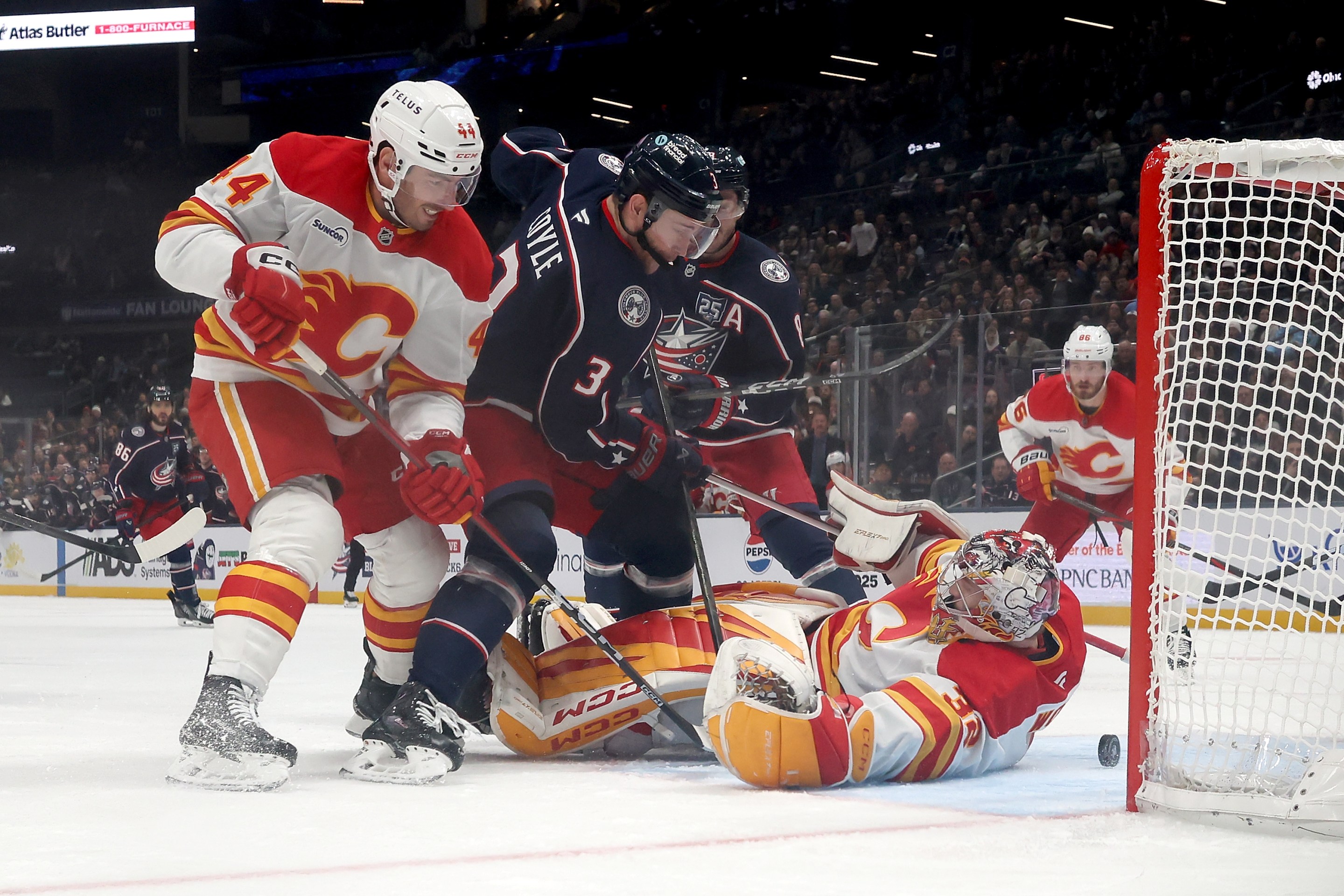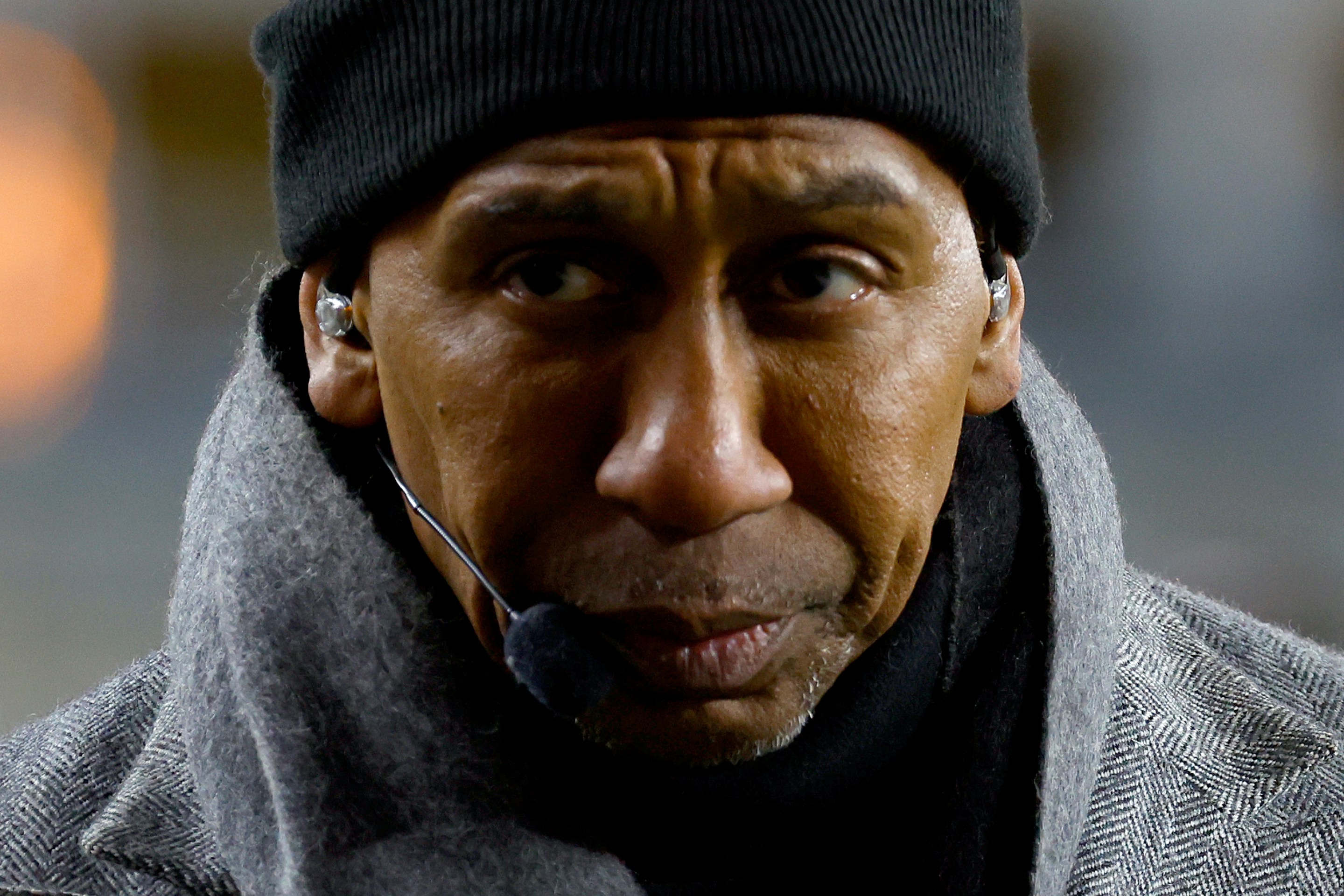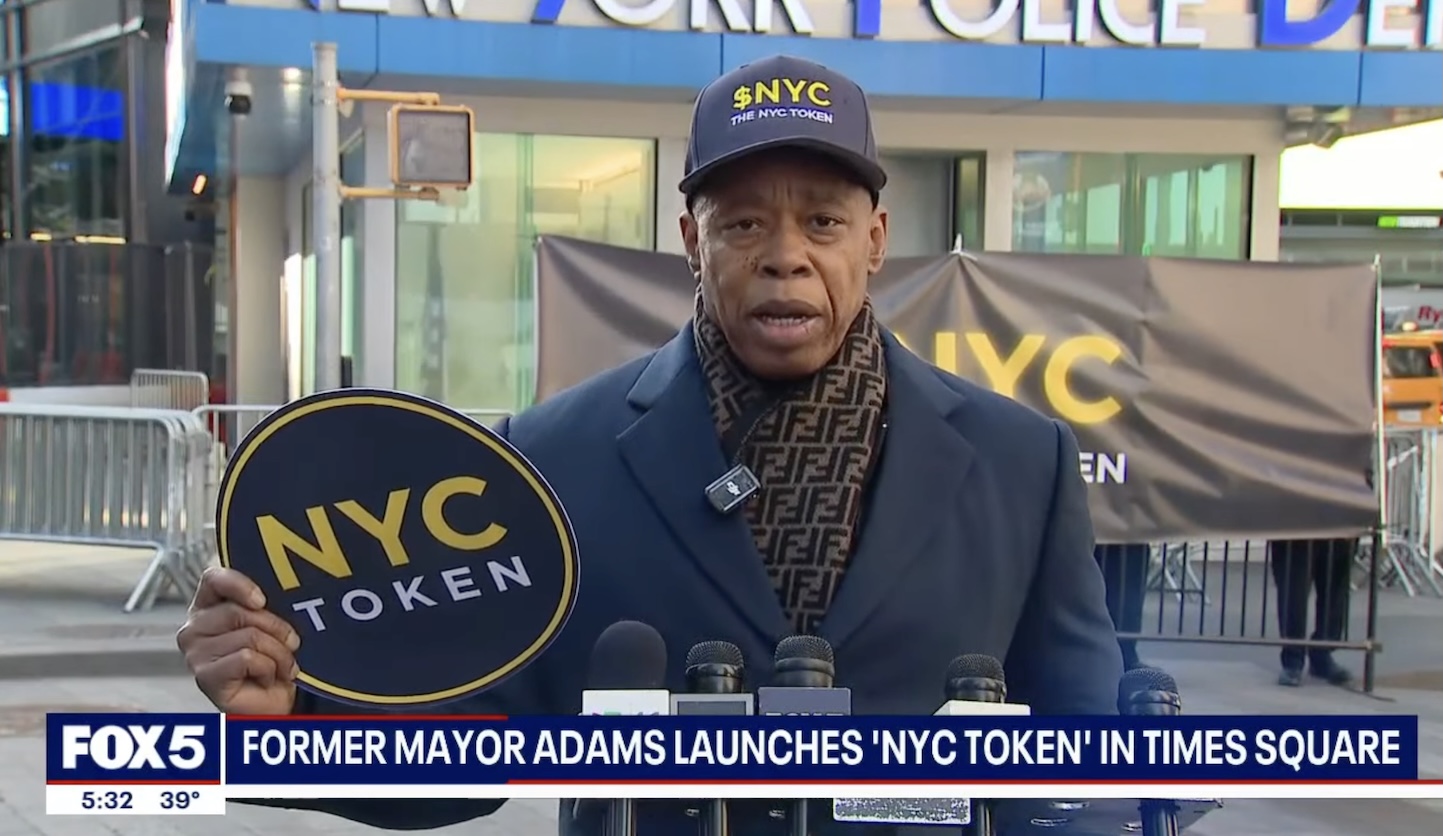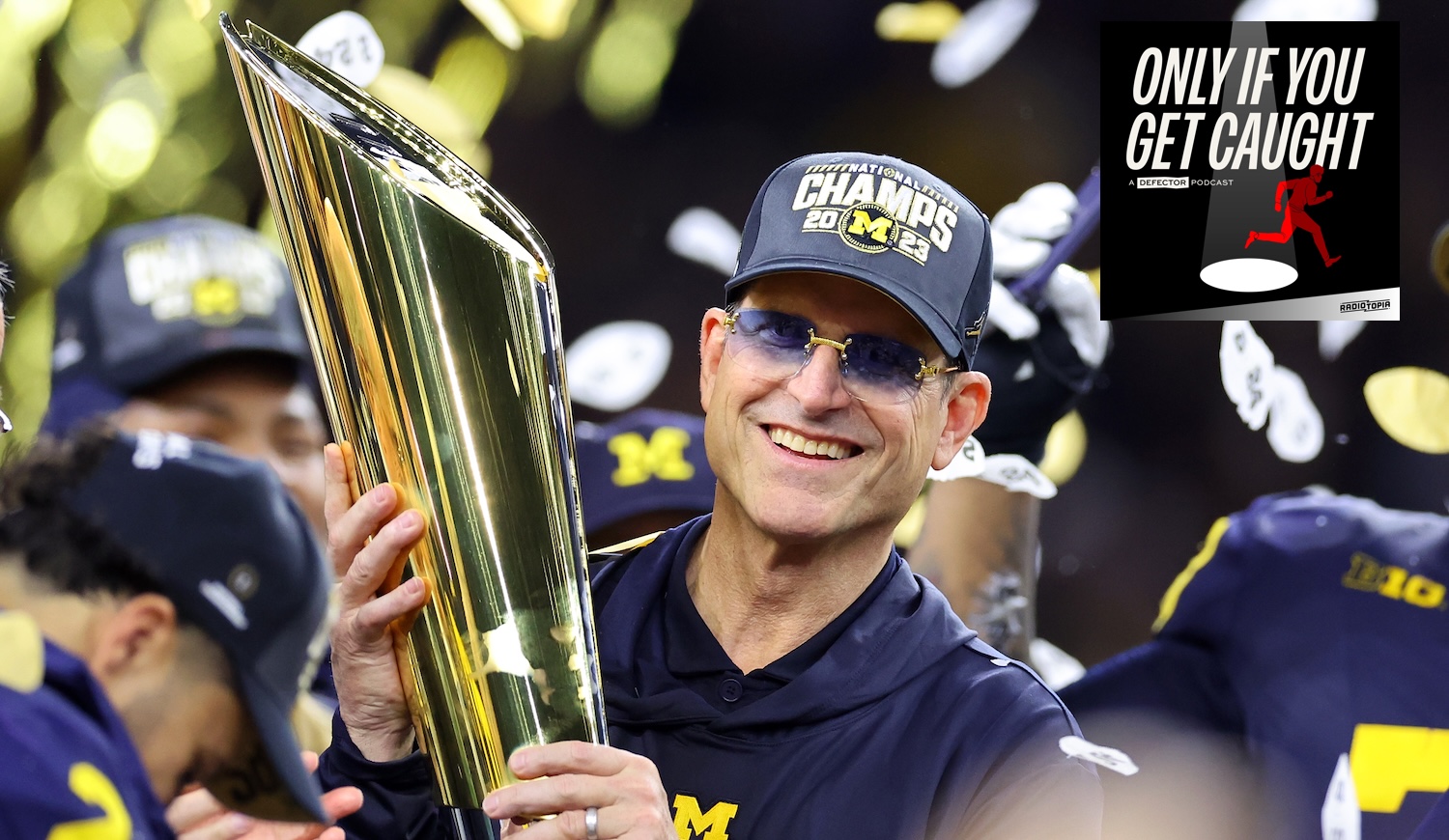Licorice Pizza was not my first experience back at a movie theater since the pandemic, but you'd be forgiven for thinking that it was if you saw my giddy face gazing at the gigantic screen showing Paul Thomas Anderson's latest movie in 70mm. As much as I could do so without distracting those behind me, I kept stealing glimpses in the opposite direction of the film, looking back at rows of rapt faces lit up by a lovingly recreated 1970s California.
Forgive me for saying that it felt like magic, the way the audience had gathered together for what felt like a Big Event, and the way that, for two hours and change, we gave ourselves over to this love story about a directionless 20-something and a hyper-motivated teenager. As I walked back out onto the street after the credits rolled—passing throngs of young people who had lingered in the lobby to discuss what they'd just seen—I had the eerie sensation that I'd just time-traveled. Not just to San Fernando Valley in 1973, but through a more poignant and sprawling history of movie-making and movie-going.
Anyone who's seen Anderson's other period pieces won't be shocked to learn that it's once again a thrill to dive back into a world of his creation, especially this fabled locale built on dreams and sleaze that first appeared in Boogie Nights. (This time around, there are more dreams than sleaze.) Anderson, born in 1970 and raised in the San Fernando Valley, isn't creating this era entirely from memory—and a Suzi Quatro song on the soundtrack that's about five years too early tips off, if nobody else, a Suzi Quatro-loving viewer that there are perhaps some nostalgic distortions occurring through the film. But he maintains such a firm commitment to his characters' stories that, even if one of the movie's strongest emotional beats takes place on a waterbed during Paul McCartney and Wings' "Let Me Roll It," the movie never tips all the way into a pastiche that shatters illusions.
Historical events like the 1973 gas crisis and the legalization of pinball in Los Angeles serve as smartly crafted plot devices. But most crucial to the maintenance of its reality is its use of Sean Penn and Bradley Cooper, playing fictionalized versions of William Holden and Jon Peters, respectively. Both actors ham it up as they each do differently tuned takes on the narcissistic Hollywood rich guy, but while their appearances could have easily veered too much into SNL-like caricature, they instead use their intimidating star power to create thrilling, bombastic set pieces that end up bonding us closer to the two characters that matter.
The most important and memorable performance in Licorice Pizza is that of its male lead, Cooper Hoffman, making his film debut seven years after the death of his father, Philip Seymour Hoffman. The role of Gary Valentine, child actor and entrepreneurial hustler, is an extraordinarily difficult one: The entire movie hinges on the audience's belief that this goofy teenager is a worthy companion to the female lead Alana, a 25-year-old played by actual indie rock star Alana Haim. But, thanks in no small part to Anderson's witty script, Hoffman is charming from the very first moment he opens his mouth, finding improbable answers for every curve life throws at him while resolutely laboring to rise above his current station as an uncool young boy. A recurring conflict in the movie is Alana's confusion and hesitance over how much time she's spending with a kid 10 years her junior, but as an audience member I had no such reservations. Hoffman's appearing on film at a much younger age than his father ever did, but any fan of P.S.H.'s work will get a jolt out of how his funniest and most endearing performances are reflected back through his son. Because the elder Hoffman was in many of Anderson's films, Licorice Pizza feels as much a tribute to their collaborations as it does a lost version of California.
There's another concept that Licorice Pizza brilliantly pays homage to throughout its runtime—one that becomes clear with the film's climax under a theater marquee advertising Live And Let Die. It's that feeling of being lost in a story in a dark room simultaneously with dozens of people, and emerging back into the real world a few hours later with your spirits lifted. A glance at the box office leaderboards would seem to tell you that escapism at the movies is more popular than ever, with completely unreal superhero tales and effects-heavy action franchises owning the top of the charts. As I watched Licorice Pizza, I found myself questioning what escapism really meant in this context. Is it being bombarded by bass-boosted thuds while watching hot people attempt impossible feats, with the heavy-handed assistance of technology? Sometimes, it might be. But as those movies have become the default, Licorice Pizza, with its small-scale love story and joyous soundtrack that rips through a lost world I could never see myself, starts to feel like the escape.
